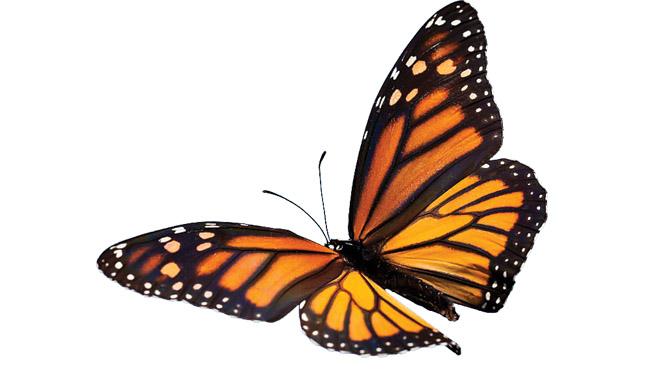Local residents can celebrate Earth Day

By Lynsi Musselman
Earth Day is April 22, and will present a great opportunity to do something close to home.
Planting milkweed and other native grasses can help promote the migration pattern and save the Monarch butterfly.
In 1995, the iconic Monarch became the state insect of Texas.
Albany resident and local wildlife educator Tamara Trail is on the board of Texan by Nature, an organization founded in 2011 by former First Lady Laura Bush.
Trail was part of the South-Central Monarch Symposium in 2017, that brought together conservationists, landowners, and researchers throughout Texas to discuss efforts that were underway for Monarch recovery.
Trail and her family manage the plant community for wildlife on their ranch. This includes antelope horn milkweed.
“Milkweed grows so well in this area and is critical for the Monarch to lay its eggs on,” Trail said. “Planting a diversity of native plants such as milkweed might not be good for livestock and deer but it has its place for pollinators.”
Trail said this is a great time to be thinking about landscaping local homes. She suggested that homeowners consider planting natives and plants that bloom through the growing season.
Texan by Nature’s purpose is to unite conservation and business leaders who believe the state’s prosperity is dependent on the conservation of natural resources.
Monarch butterflies are also called pollinators, and their migration in the fall runs through central Texas, including Shackelford County. Each year, thousands of butterflies going to Mexico start their migration south in September through early November.
According to Texan by Nature, the Monarch butterfly and other pollinator populations are in decline, which impacts the human food systems. The Monarch butterfly is a major part of the natural food web. Pollinators are responsible for over 75 percent of crops. Insect-pollinated agriculture commodities result in significant income for agriculture producers and account for over $20 billion in annual U.S. agriculture production.
The organization promotes providing enough habitat throughout the migratory pathway to maintain and improve conditions for the Monarch butterfly and other species.
Texan by Nature website, www.texanbynature.org, has a guide for individuals and landowners to aide them in their Monarch restoration project. The website is also a resource for milkweed and other native plants.
Natural Resources Conservation Service (NRCS), Texas Parks and Wildlife Department, and the Texas A&M AgriLife Extension Service are also resources for Monarch and pollinator conservation.

